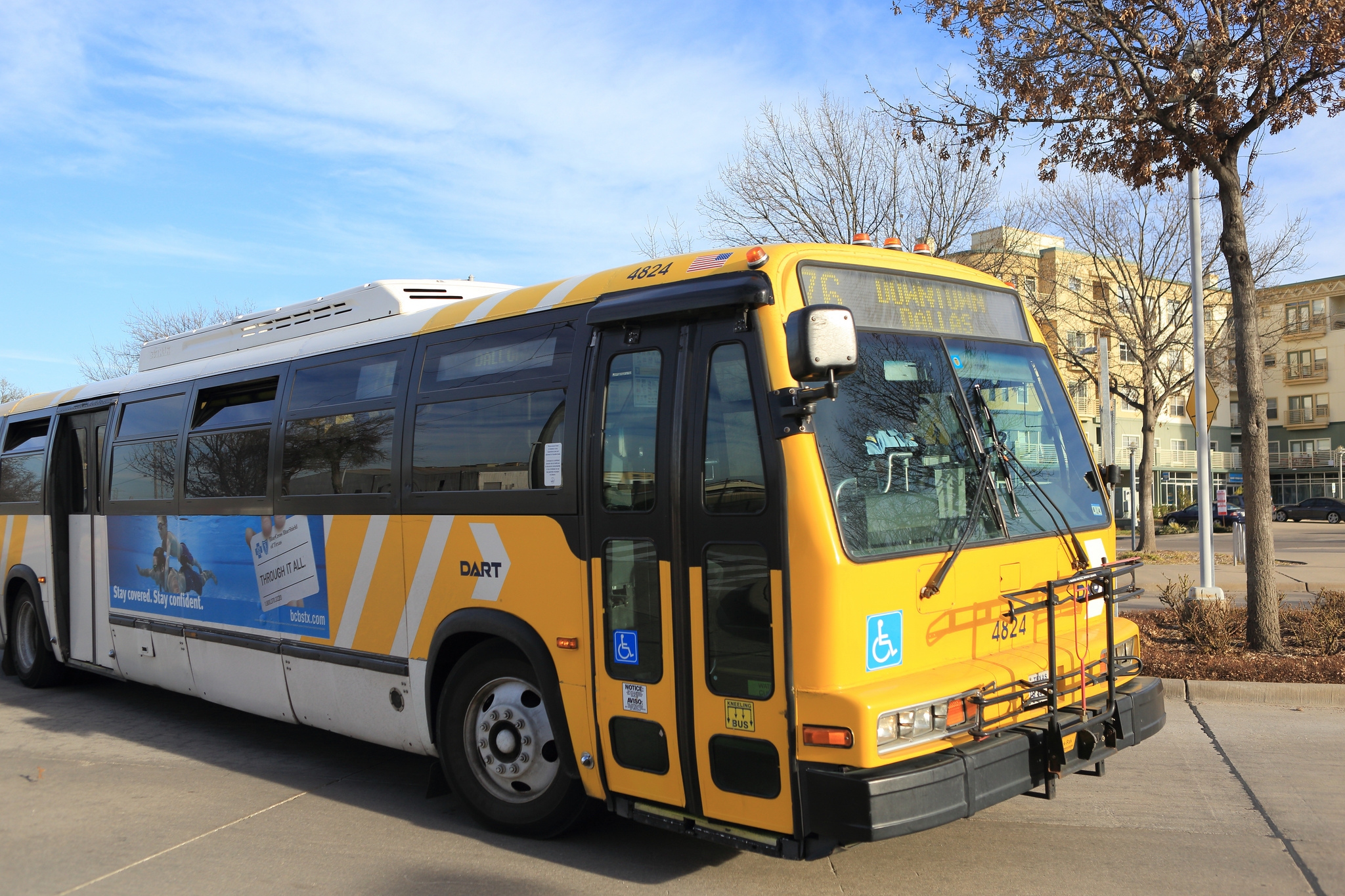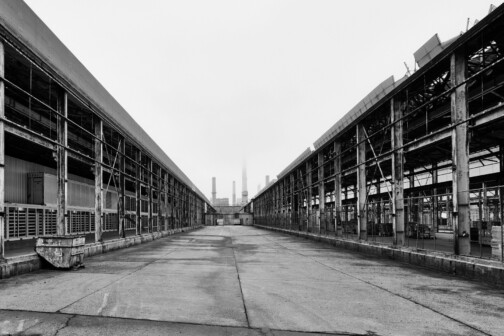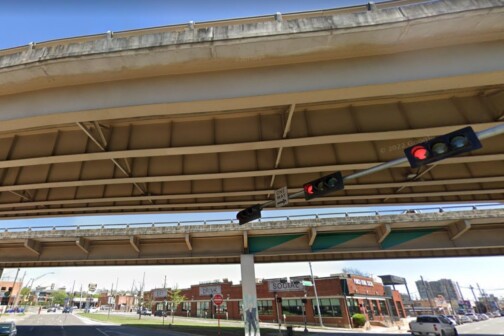Dallas Area Rapid Transit has spent much of its existence chasing new riders, betting on shiny rail lines and park-and-ride lots in the suburbs to get car-centric North Texas to ditch—or at least supplement—private vehicles with public transit. That approach has often come at the expense of DART’s current riders, the people who depend on buses and trains to get around.
It hasn’t worked. Even before COVID-19, with the region’s population booming, DART ridership had been in a steep decline for about 15 years.
The agency hopes its new bus network, which launches Jan. 24, will better serve the riders it already has. The idea is that better service will lead to increased ridership. Evidence and common sense support that notion.
The rollout won’t be without its road bumps. At a meeting with Dallas City Council members this week, DART officials spoke to some of them.
Fewer but more frequent bus routes means riders will spend less time waiting on a bus, but potentially more time walking to get to one. Relocated bus stops means riders will have to figure out where they’ve gone. The new network map, with its longer and more direct routes, is simpler than the spaghetti routes of the old map—but riders who had become acquainted with that tangle may have to do some homework. In those service areas where GoLink has replaced bus routes, riders may be asking themselves: What the heck is GoLink? (It’s DART’s on-demand Uber-esque shuttle service.)
“Our network has never undergone such a significant change,” Nadine Lee, the agency’s new CEO, says.
Change, any change, can be confusing. Southern Dallas City Councilman Tennell Atkins says DART could have done a better job marketing the upcoming switch to (understandably) confused riders.
DART is putting up signage at its 10,000 bus stops and plans to send out “DARTzoom Brand Ambassadors” to high-frequency bus stops to help direct riders for several weeks. Rides will be free from Jan. 24 to Jan. 30, and its online communications about the new network are well-done.
The agency has work to do, both in the immediate future—training its staffers while hiring drivers and mechanics—and in the long-term. Officials have been quick to say that the new bus network is just a starting point, with additional improvements to be made in the years ahead.
The network represents a big change for the agency and, as I’ve written before, hints at a better future for public transit in North Texas. But it’s not quite as radical as it seems or, one could argue, as it should be.
The new network is “budget-neutral.” It costs as much as the old one. That means some routes vanished.
“It’s the same dollars, and what it’s meant for Dallas is not good, and what it’s meant for the suburbs is a very large expansion of GoLink,” says Cara Mendelsohn, who represents Far North Dallas on the City Council.
DART’s biggest planned capital projects, where it really throws its money around, still revolve around its inefficient light rail network. However you feel about the coming-soon 26-mile east-west Silver Line rail that will run from DFW Airport across the northern suburbs, its construction is very much in keeping with the way DART has done things in the past. And the way DART has done things in the past has failed Dallas.
City Council members, who in recent years have seemed increasingly fed up with Dallas’ confused transit priorities (to build or not to build a downtown subway?), pushed DART officials this week to, in effect, do more.
“I would challenge you for your future to consider removing fares,” Mendelsohn said at this week’s meeting.
Now there’s a radical idea worth considering. DART gets the vast majority of its budget from sales tax fees contributed by its 13 member cities, not from fares. While COVID-19 took a huge bite out of ridership, it hasn’t done much of anything to Dallas’ sales tax receipts. (Thanks, shoppers.)
Eliminating fares would almost certainly increase ridership, which would lead to all kinds of other benefits for the city, like reducing social inequality (many DART riders are low-income Black and Latino people with few transit options) as well as Dallas’ startlingly high number of traffic deaths: A 2018 study shows that taking public transit is 10 times safer than traveling by car.
And it’s not that radical of an idea. Cities including Detroit and Kansas City have tinkered with free rides on public transit, and while erasing fares would likely require some increased subsidies for public transit, taxpayers already subsidize private transportation in ways both obvious (gas taxes) and more subtle (parking requirements).
DART will be a zero-fare transit service from Jan. 24 to 30 around the launch of its new bus network. Odds are, bus riders will appreciate the more frequent, direct, and reliable routes. They might appreciate the free rides even more.
Author







